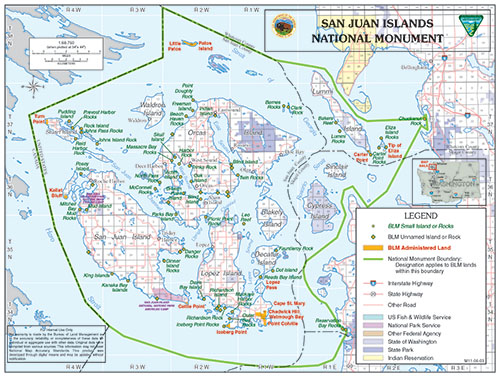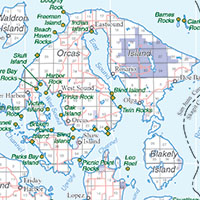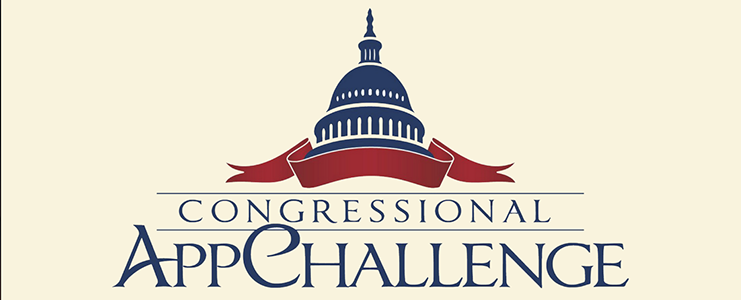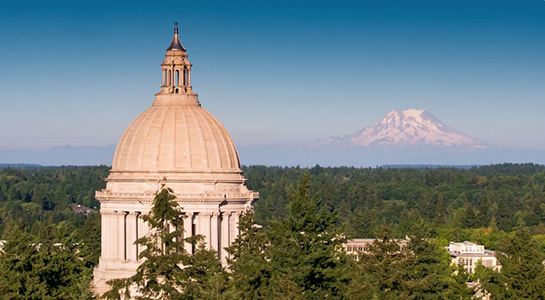— by Lin McNulty —
 On Apr. 26, 2017 the White House initiated an executive order authorizing the review of national monuments designated since Jan. 1, 1996. The order targets monuments of more than 100,000 acres in size or that were “made without adequate public outreach and coordination with relevant stakeholders.”
On Apr. 26, 2017 the White House initiated an executive order authorizing the review of national monuments designated since Jan. 1, 1996. The order targets monuments of more than 100,000 acres in size or that were “made without adequate public outreach and coordination with relevant stakeholders.”
There are 129 protected areas in the United States known as national monuments. The President can establish a national monument by presidential proclamation, and the Congress can do so by legislation.
The President’s authority arises from the Antiquities Act of 1906, which authorizes the President to proclaim “historic landmarks, historic and prehistoric structures, and other objects of historic or scientific interest” as national monuments. The Antiquities Act resulted from concerns about protecting mostly prehistoric Native American ruins and artifacts – collectively termed “antiquities” – on federal lands in the West. Removal of artifacts from these lands by private collectors – “pot hunters,” in the language of the time – had become a serious problem by the end of the 19th century.
San Juan Islands National Monument, at 1,000 acres, is a U.S. National Monument located in the Salish Sea in the state of Washington, and “too small” for inclusion in Trump’s order. The monument protects archaeological sites of the Coast Salish peoples, lighthouses and relics of early European American settlers in the Pacific Northwest, and biodiversity of the island life in the region. The monument was created from existing federal land by President Barack Obama on Mar. 25, 2013 under the Antiquities Act.
**If you are reading theOrcasonian for free, thank your fellow islanders. If you would like to support theOrcasonian CLICK HERE to set your modestly-priced, voluntary subscription. Otherwise, no worries; we’re happy to share with you.**









Donald Trump: voted for by only 25% of eligible voters. Lowest popularity of any president in US history, 35%. Accomplishments in first 100 days: 1) Ultra conservative Supreme Court Justice confirmed only by using the “nuclear option”. 2) Nothing.
Why did Barack Obama waste his time on a SJ National Monument when agents of the state are killing civilians (on so many levels)?
Thank Goodness for the San Juan’s but in Utah two National treasures are in peril of being affected. If any of you have hiked in the Grand Staircase Escalante or hiked around Canyonlands you will know the scope of this administrations attack on Wilderness and Cultural lands. Southern Utah Wilderness Alliance is a great organization in Utah to support. They need our help!
https://suwa.org/